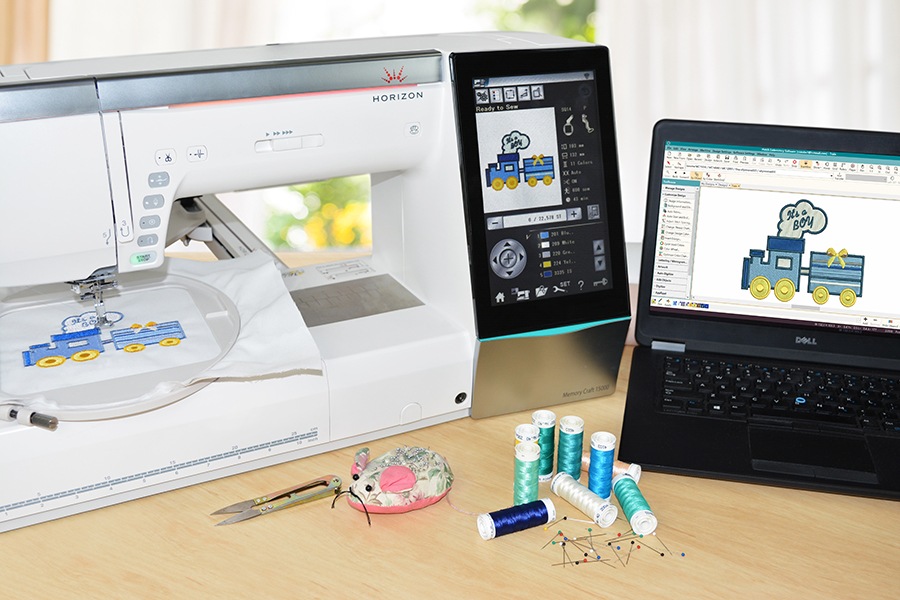Embroidery has been an art form for centuries, adding beauty and elegance to fabrics and garments. With the advent of technology, embroidery digitizing has revolutionized the industry, making it easier to create intricate and detailed designs with precision. Among various digitizing techniques, 3D embroidery digitizing stands out as a true embodiment of creativity and innovation. In this article, we explore the fascinating world of 3D embroidery digitizing, its benefits, and how it has become a benchmark for true digitizing.
Embroidery digitizing is the process of converting artwork, logos, or designs into digital files that embroidery machines can read and replicate on fabric. In traditional 2D digitizing, the designs are typically flat, and the final embroidered result lacks depth and texture. However, 3D embroidery digitizing takes this to a whole new level by incorporating depth, layers, and textures, resulting in designs that literally pop out from the fabric.
The process of 3D embroidery digitizing starts with skilled digitizers who analyze the artwork and envision how to transform it into a three-dimensional masterpiece. They use specialized software to assign varying stitch lengths, densities, and directions to create the illusion of height, contours, and depth. By carefully planning and adjusting the stitch settings, the digitizer brings life to the design, ensuring that it captures the essence of the original artwork.
True digitizing goes beyond just digitizing a design; it is about understanding the interplay of thread, fabric, and design to achieve a visually stunning and tactile effect. The digitizer must consider the type of fabric on which the design will be embroidered, as well as the desired outcome. The process involves considering how the threads will interact with the fabric, and how the light and shadows will influence the overall appearance.
One of the remarkable benefits of 3D embroidery digitizing is its versatility. It can be applied to a wide range of items, including caps, jackets, t-shirts, bags, and more. This versatility has made 3D embroidery a popular choice in various industries, including fashion, sports, branding, and promotional merchandise. For businesses seeking to enhance their brand visibility and leave a lasting impression, 3D embroidery digitizing offers an excellent solution.
Additionally, 3D embroidery digitizing enables the creation of intricate designs that were once thought impossible with traditional embroidery techniques. From lifelike animal motifs to complex geometric patterns, the possibilities are virtually limitless. This level of creativity and customization has propelled 3D embroidery to the forefront of the digitizing industry, appealing to both individuals and businesses alike.
Moreover, 3D embroidery digitizing has proven to be a cost-effective solution. Once the design is digitized, it can be easily replicated across multiple items with minimal effort. This streamlines the production process and reduces the overall production costs. It also ensures consistency in the final embroidered products, maintaining the integrity of the brand image.
3D embroidery digitizing represents a true evolution in the world of embroidery. Its ability to breathe life into designs, adding depth, texture, and visual interest, sets it apart from traditional 2D digitizing techniques. The skill and artistry of the digitizers in understanding the intricacies of thread, fabric, and light contribute to the magic of 3D embroidery. Its versatility, creativity, and cost-effectiveness make it a popular choice for various industries. As technology continues to advance, we can only imagine the further wonders that 3D embroidery digitizing will bring to the art of embroidery, making it even more captivating and awe-inspiring.





Comments